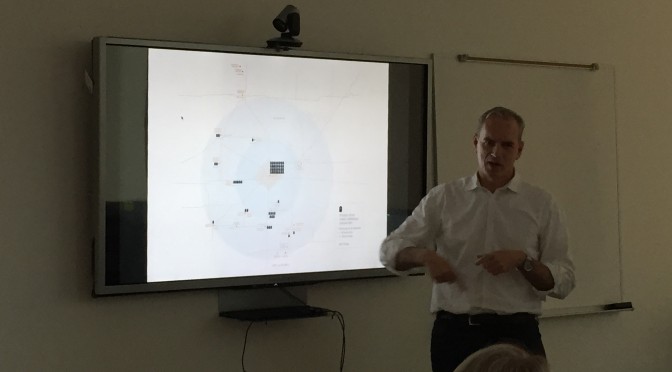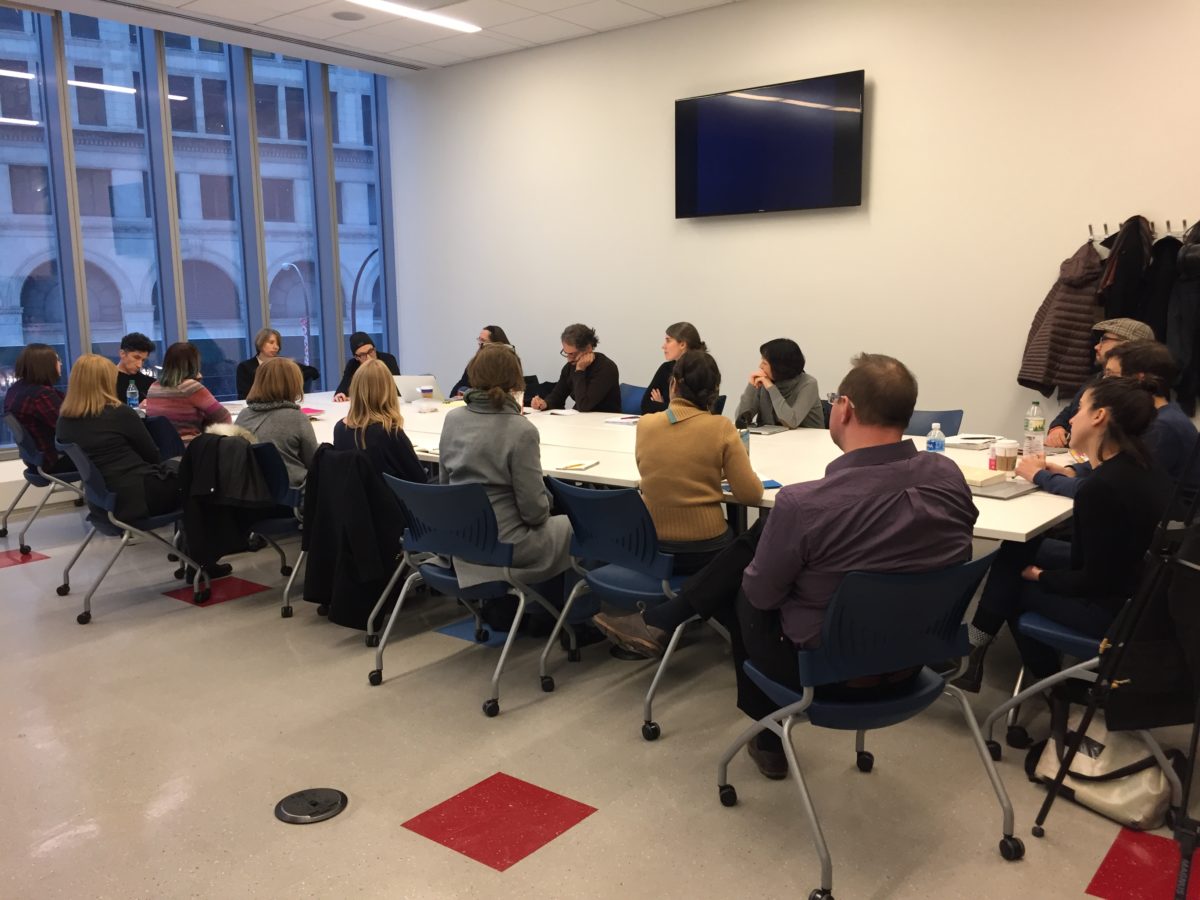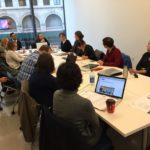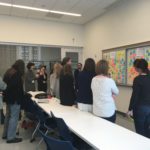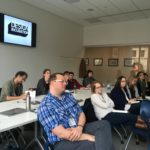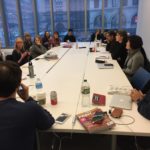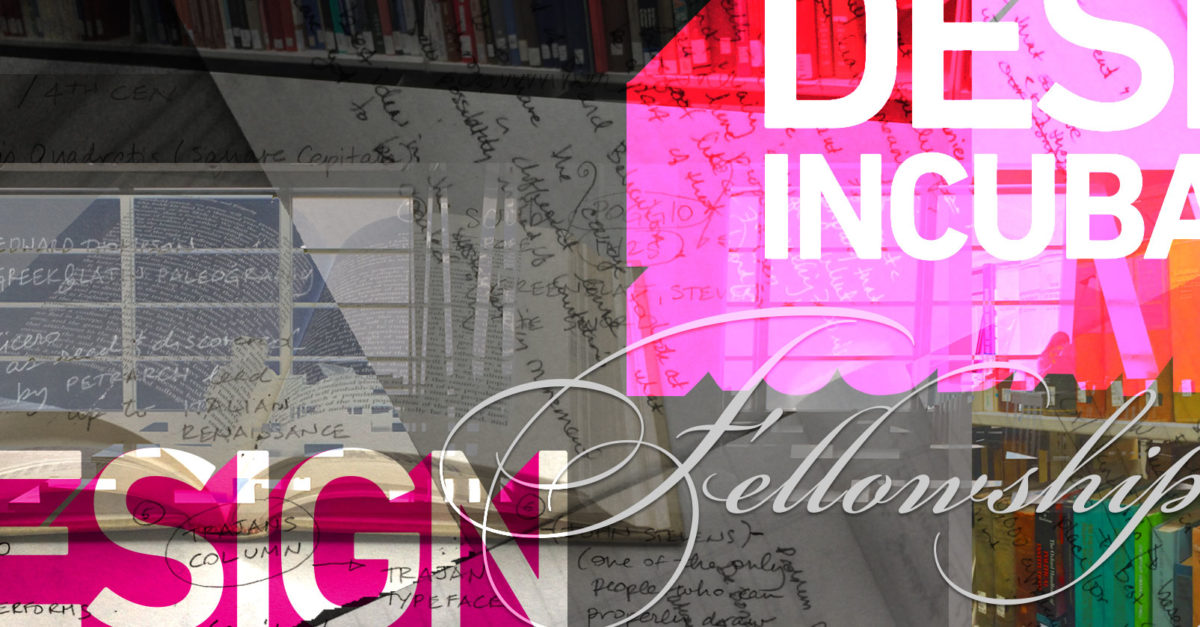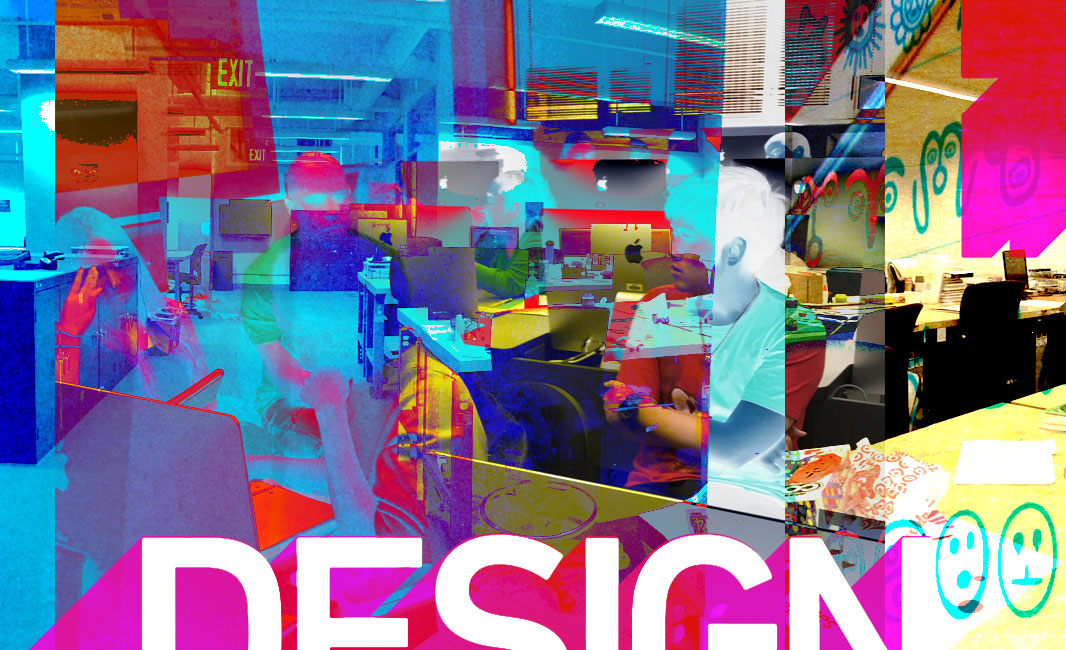Karen M. Cardozo, M.Ed., PhD
Assistant Professor of Interdisciplinary Studies
Massachusetts College of Liberal Arts
Some undergraduate institutions offer an interdisciplinary or special major where students integrate their interests and passions to design their own programs of study. In Finding Your Way in a Wild New World (2013), this method is recommended to everyone by social scientist and life coach Martha Beck. Arguing that social structures (including those related to work) are changing faster than conventional education or strategic planning processes can keep pace, Beck suggests that we can best navigate this rapidly shifting landscape by following our instincts and using all five senses in a more fluid, situationally responsive way. This dovetails with Daniel Pink’s thesis in A Whole New Mind (2006) that we have entered a Conceptual Age in which the most successful enterprises will be “high touch” (providing face to face or interactive services that cannot be outsourced) and/or “high concept” (tapping the creative, visual capacities of the right brain in addition to the analytic, verbal capacities of the left brain that are most elicited by educational systems). Barbara Sher (2006) agrees, adding that integrative or interdisciplinary orientations of the polymath types she calls “scanners” will be particularly in demand. Design communication serves as an ideal nexus for all of these insights.
Inspired by Stanford’s Design your Stanford and Design Your Life courses, this presentation argues that 21st century pedagogy should relinquish an outmoded “information age” attachment to content coverage in favor of more self-reflexive learning in which students apply open-ended and iterative design principles to fully maximize their own curiosity, inclinations and opportunities—in college and beyond. As a concrete case study, we’ll look at MCLA’s Interdisciplinary Studies (IDST) program as helpful “design your major” intervention, and present a scaled-up counterpart in life design from one IDST World of Work course, whose final research project requires students to design their lives in two alternate universes: one, the life they think they are planning and the other a path that might unfold from a different point of departure and in response to unpredicted setbacks, risks taken, or plain dumb chance. The resulting insights reveal that while the future is unpredictable, the value of design thinking as a method for navigating the unknown is quite clear.
This research was presented at the Design Incubation Colloquium 3.0: Massachusetts College of Liberal Arts (MCLA) on Saturday, Sept 24, 2016.